| Sheffield has been a maker city for many years – the thriving steel industry dates back to the 14th century. Today it has the likes of Pimoroni, who recently moved in to a huge new factory, making cases, HATs, media centres and more. The University of Sheffield has been undertaking a number of Raspberry Pi projects in the last couple of years. The computer science department has a research group called Sheffield Pi-Tronics led by Hamish Cunningham. One project of note is their new Pi-powered telescope – PiKon. Not to be confused with PyCon… The University has released incredible images of the moon taken with the Raspberry Pi’s camera module connected to a 3D printed telescope which costs just £100 to make from readily available parts. The Pikon astro-cam is a collaborative project by the Department of Physics at the University of Sheffield and Mark Wrigley of Alternative Photonics, a small company based in north Sheffield. The project was set up to deliver a working telescope for the Festival of the Mind event. They have a working model and they’re aiming to make all the 3D printing resources and instructions available soon. They’re also looking for help producing a simple interface to make it more accessible to all:
How it works (from pikonic.com):
The PiKon Telescope is based on the Newtonian Reflecting Telescope. This design uses a concave mirror (objective) to form an image which is examined using an eyepiece. The mirror is mounted in a tube and a 45 degree mirror is placed in the optical path to allow the image to be viewed from the side of the tube.
Former physicist and member of the Institute of Physics, Mark Wrigley, said:
Also this week the group launched Pi Bank – a set of 20 kits containing Pi rigs that are available for short-term loan. This means local schools and other groups can make use of the kits for projects without having to invest in the technology themselves, with all the essentials, plenty of extra bits to play with – and experts on hand to help out. See more of the Sheffield Pi-Tronics projects at pi.gate.ac.uk and read more about PiKon at pikonic.com Any positive comments about Sheffield are completely biased as that’s where I’m from. If you’re interested in the history of Sheffield there’s a great documentary you should watch called The Full Monty. |
A Semi-automated Technology Roundup Provided by Linebaugh Public Library IT Staff | techblog.linebaugh.org
Wednesday, September 24, 2014
PiKon and other Pi projects from Sheffield University
Subscribe to:
Post Comments (Atom)
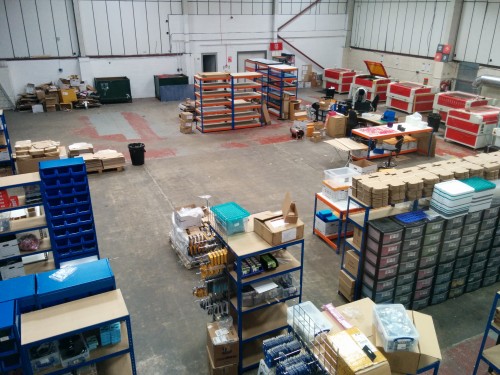
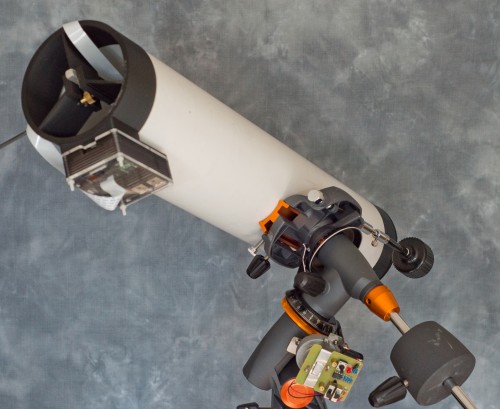

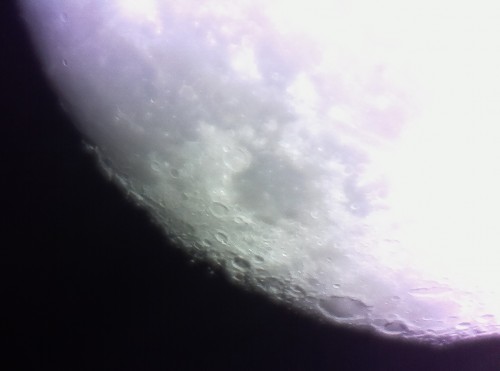
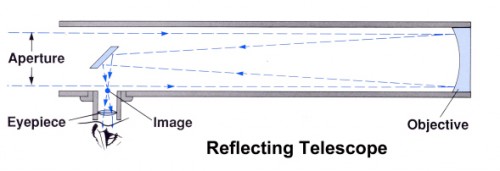
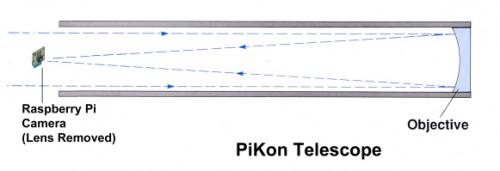
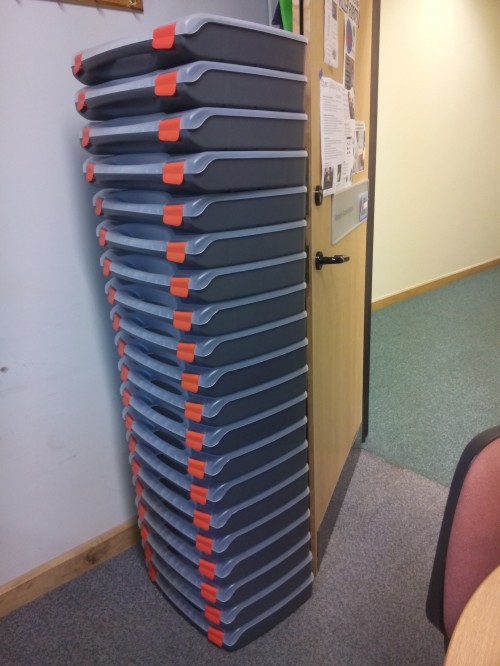
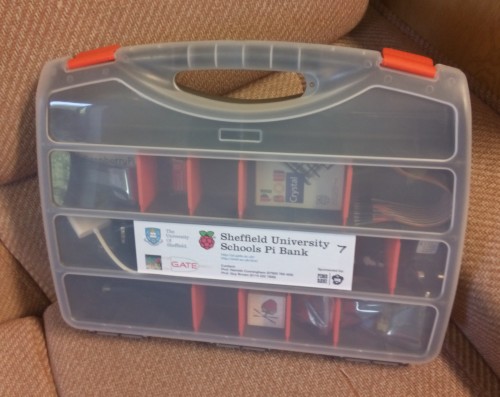
No comments:
Post a Comment